|
To understand this topic, one will need a preliminary knowledge on the structure of the eye. Basically, the eye has photoreceptors in the form of rods and cones that are situated on the back of the eye (retina.) These are light sensitive cells that signal to the brain the perception of light and colour. The rods aid in night vision, and help perceive light levels. They are sensitive to black and white. The cones in the eye are responsible for colour perception, and there three different kinds, red, blue and green. They are sensitive to different wavelengths of light, which allows the eye to see multiple colours. Colour blindness, or colour deficiency affects approximately 350 million people worldwide. That works out to roughly 1 in 12 men, and 1 in 200 women. Men are more likely to be colour blind due to the gene that causes colour blindness being passed on through the X chromosome. In order for a woman to be colour blind, she would have to have the gene on both of her X chromosomes. This particular gene causes the cones of the eye to be non-functional, damaged or missing, which causes a different perception of colour. Types of colour deficiency |

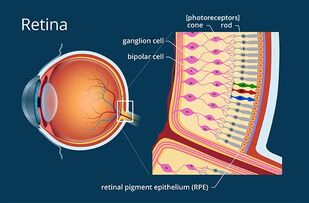
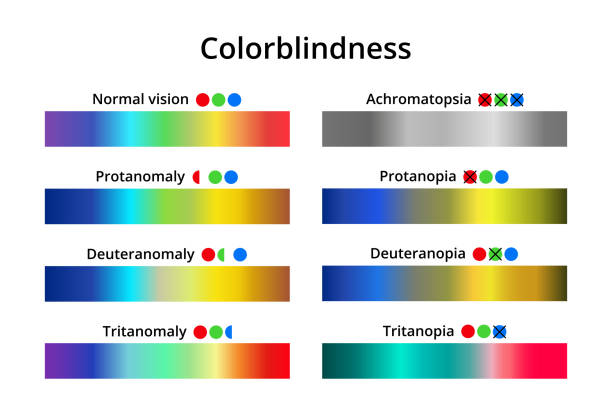
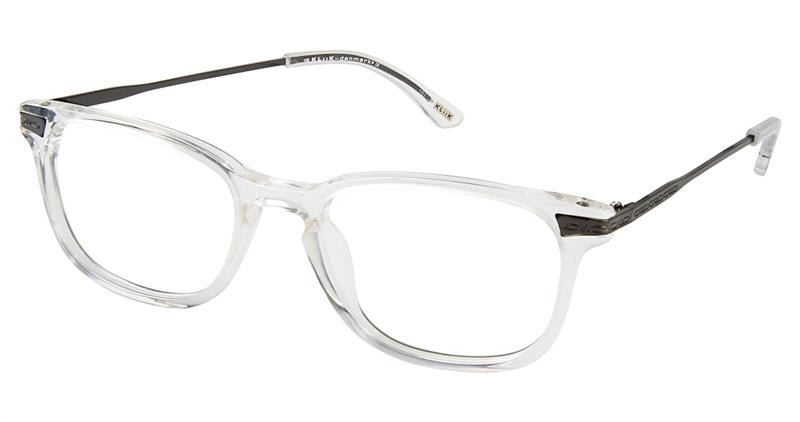
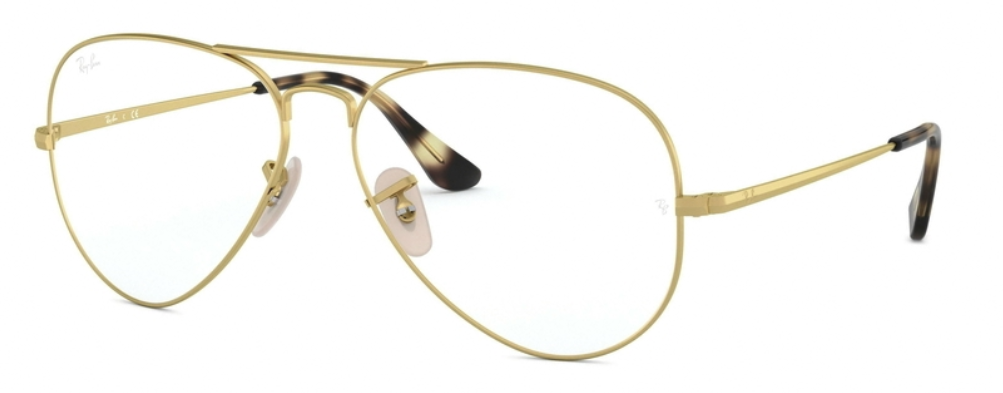
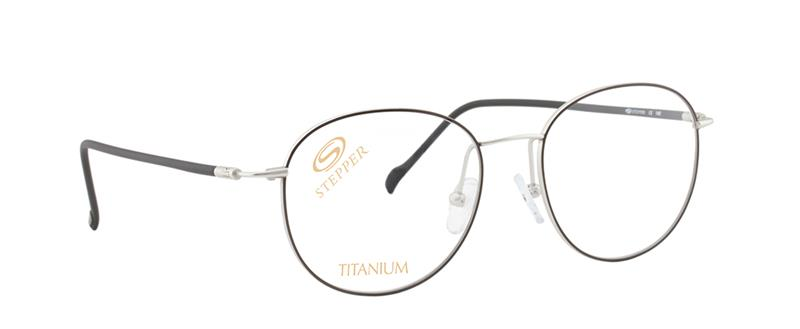
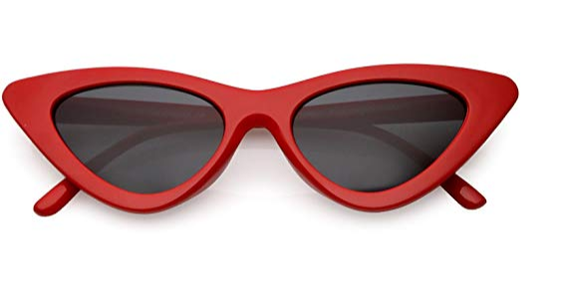
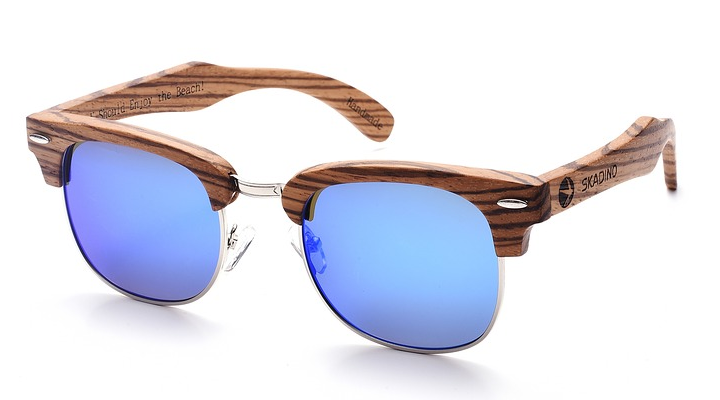
 RSS Feed
RSS Feed
